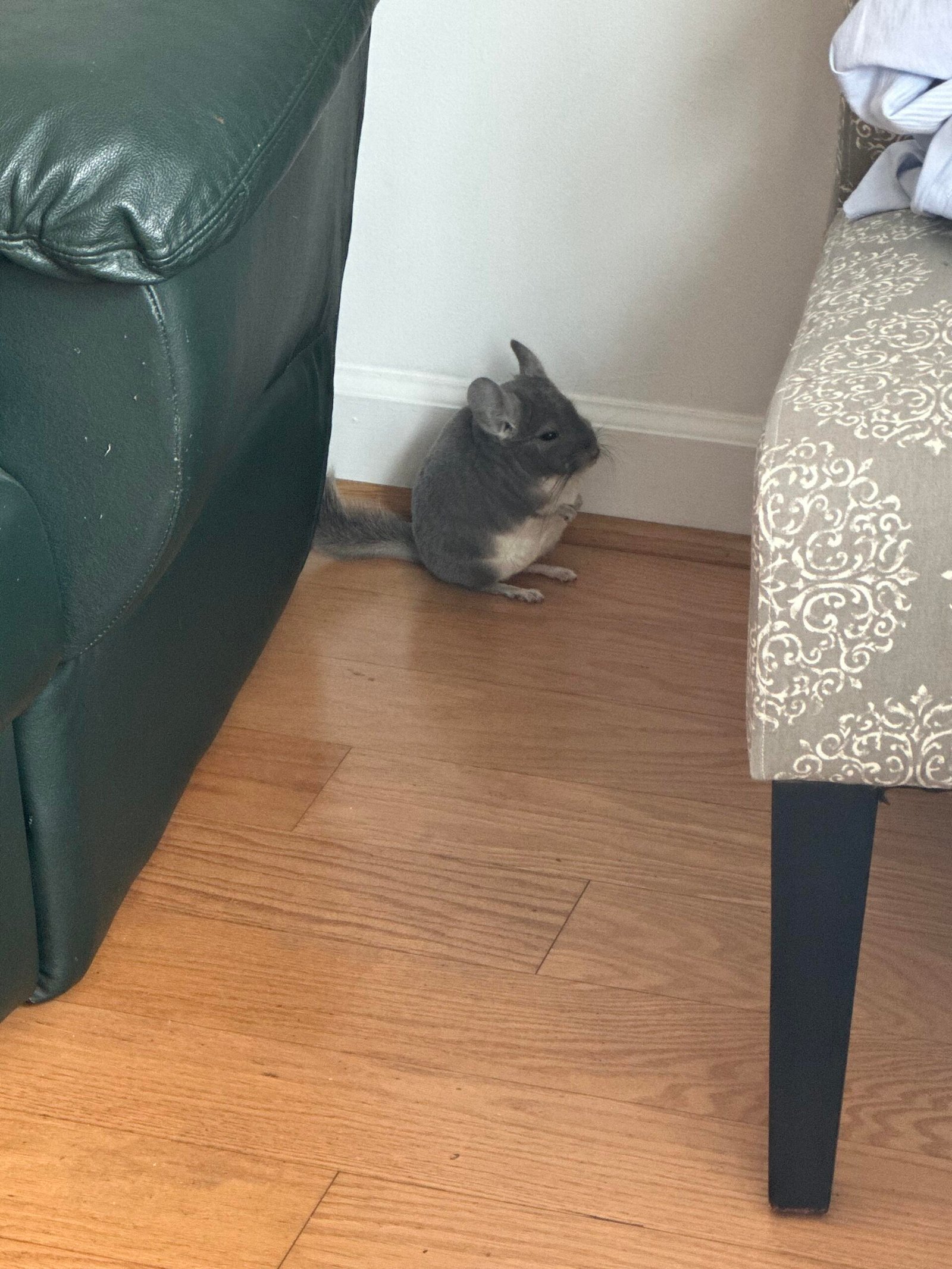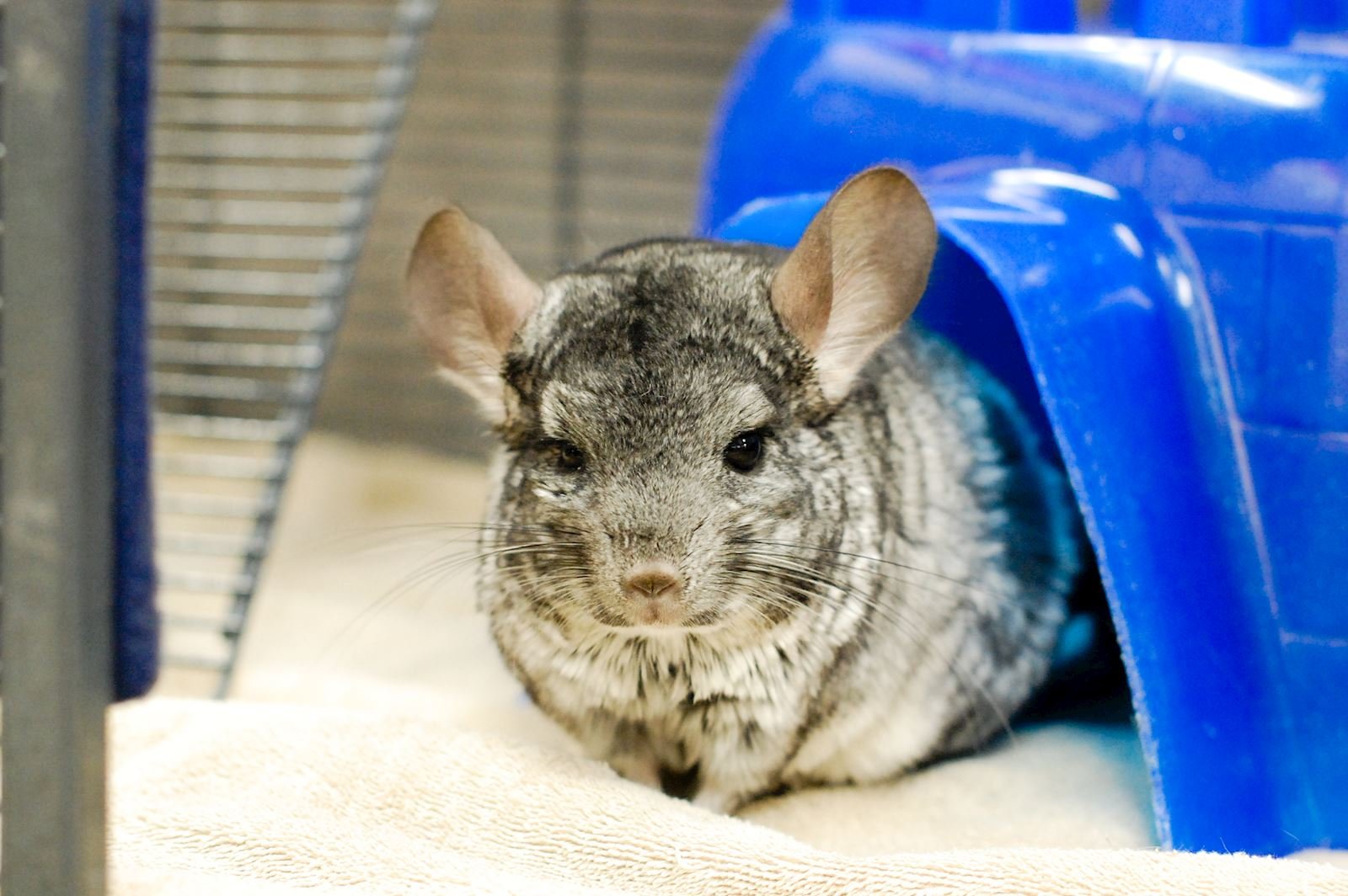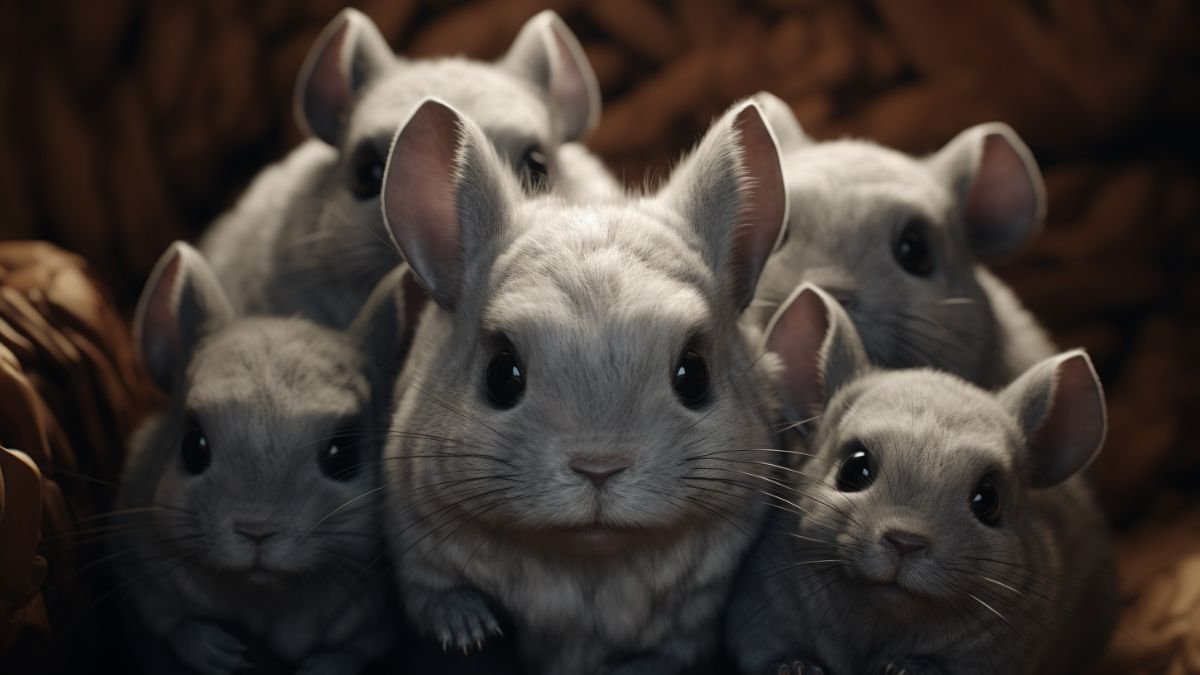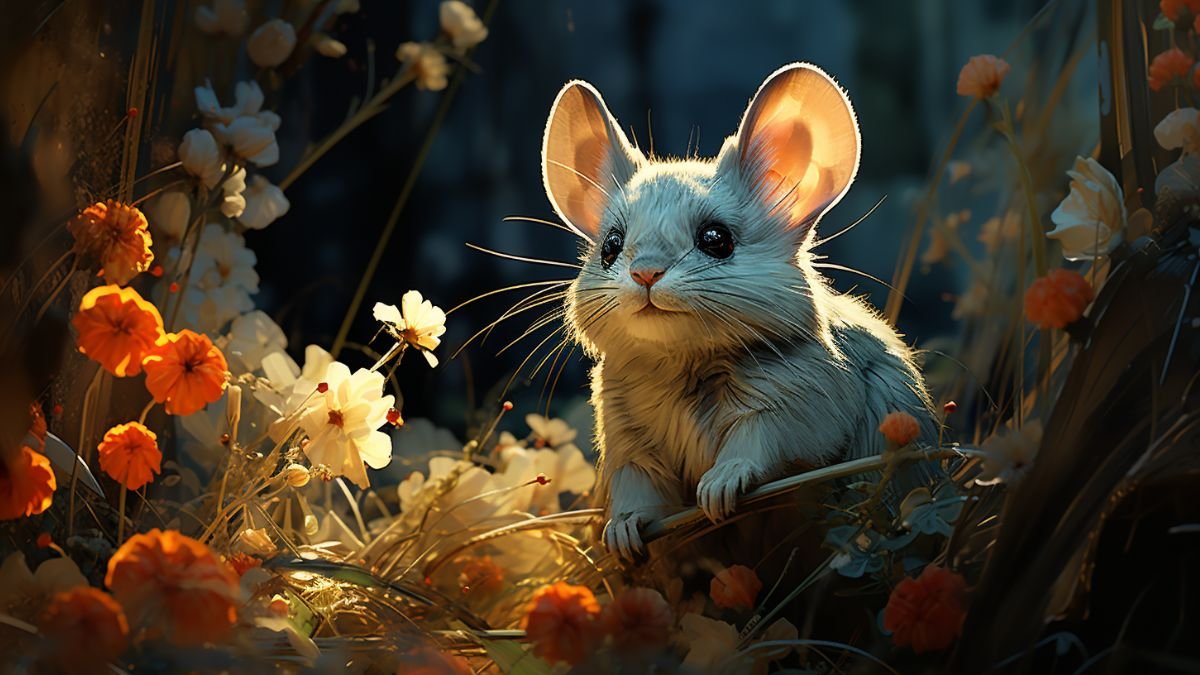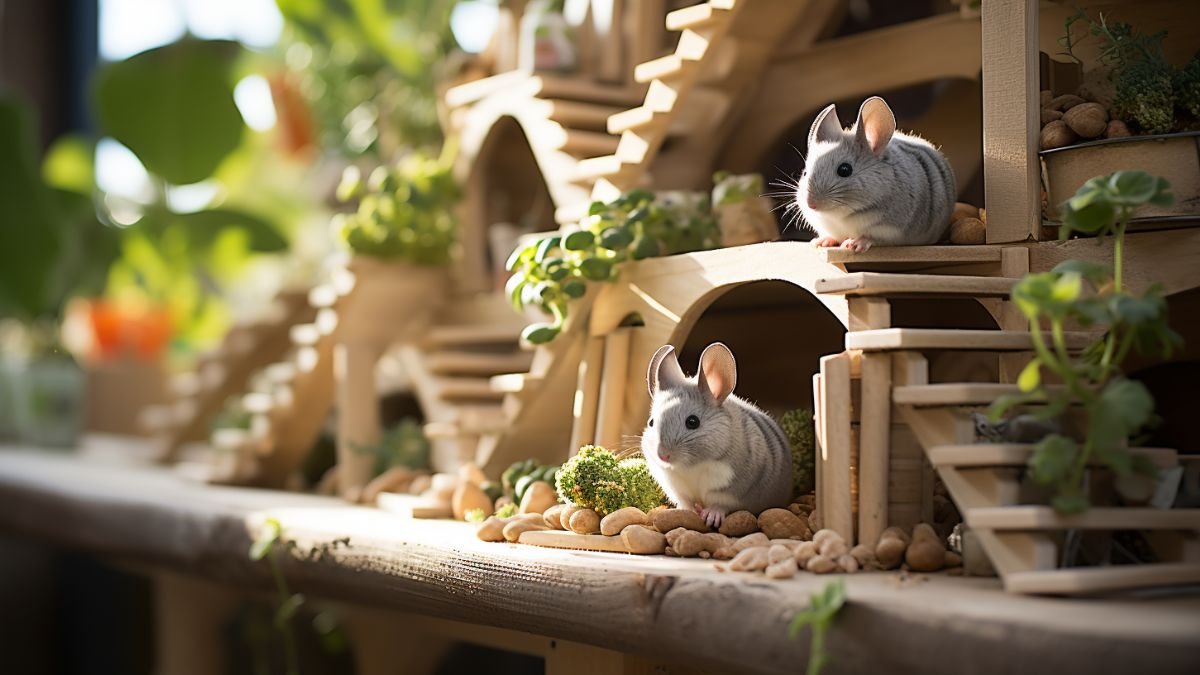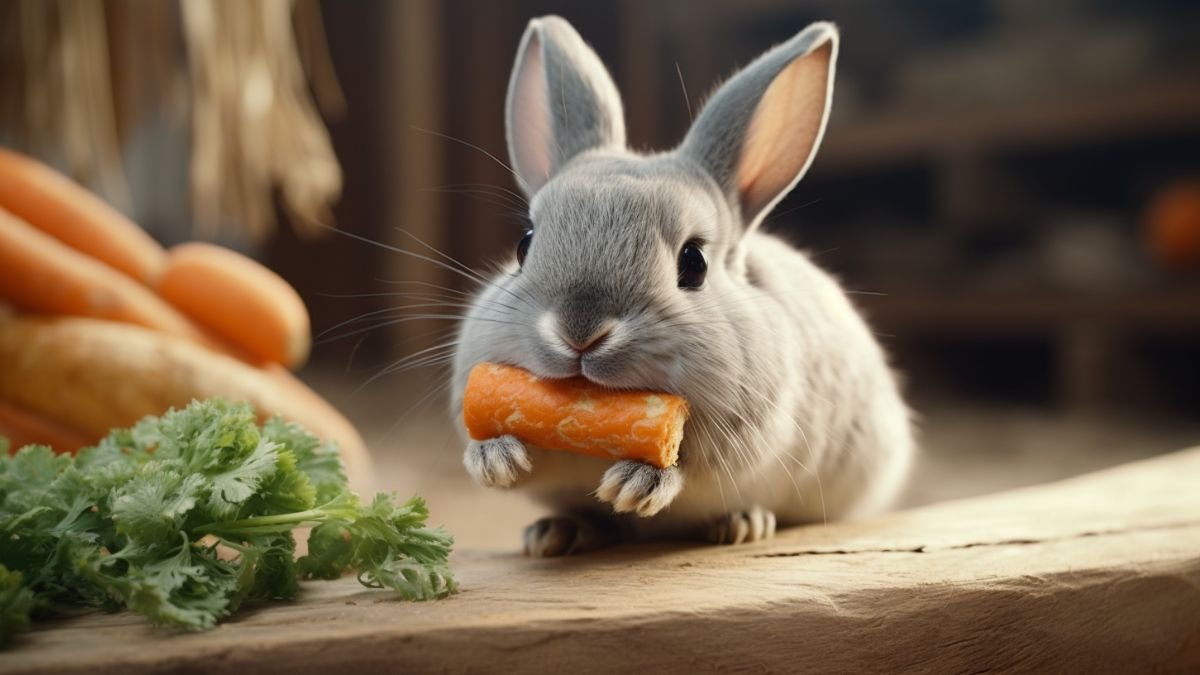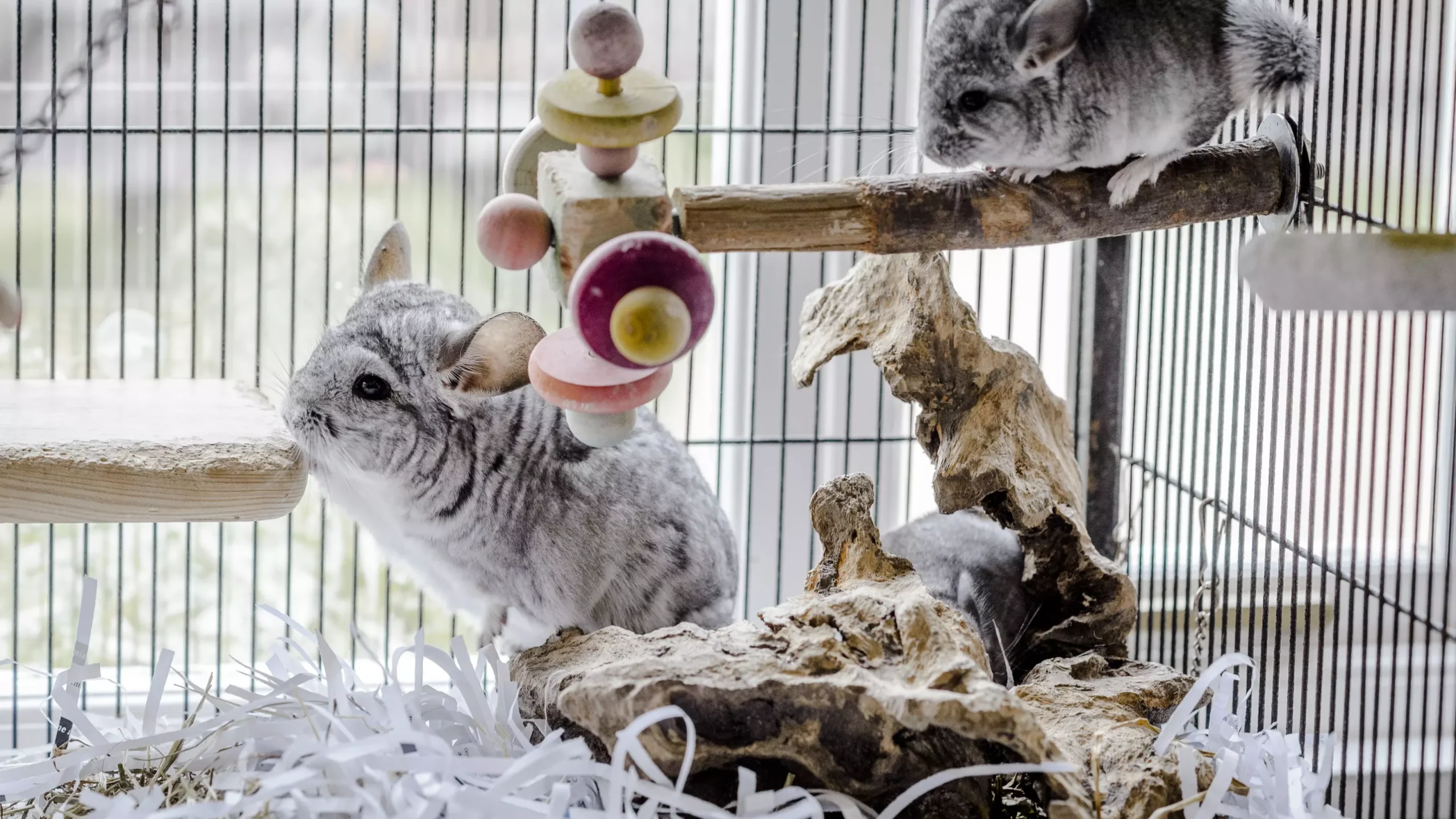
Training one chinchilla can be fun, but what if you have two? It might feel tricky to teach them both at the same time.
You might wonder how to keep their attention and avoid confusion. Don’t worry—this guide will show you simple, effective ways to train your two chinchillas together. By the end, you’ll have the tools to build a stronger bond with each of your furry friends and enjoy their clever tricks.
Ready to make training easier and more rewarding? Let’s dive in!
Preparing Your Space
Preparing your space is the first step in training two chinchillas at once. A calm and safe environment helps them focus and learn better. It also keeps both pets comfortable and stress-free during training sessions.
Choosing The Right Environment
Pick a quiet room with little noise and few distractions. Avoid places with loud sounds or many people. The space should have enough room for both chinchillas to move freely. Soft lighting helps create a calm atmosphere. Make sure the temperature is stable, not too hot or cold. A clean area reduces the risk of illness and keeps your pets healthy.
Gathering Training Supplies
Collect all items needed before training begins. Use small treats that chinchillas love as rewards. Have a clicker or a soft bell to mark good behavior. Bring toys to keep them interested and engaged. Prepare towels or mats to place on the floor for comfort. Keep water nearby to keep your chinchillas hydrated during breaks.
Getting To Know Your Chinchillas
Getting to know your chinchillas is the first step in training them together. Each chinchilla has its own personality and habits. Understanding these helps create a better training plan. Spending time with both pets allows you to see how they act around each other and with you.
Patience and attention are key. Notice how each chinchilla responds to new sounds, sights, and touches. This knowledge makes training smoother and more effective.
Observing Individual Behaviors
Watch each chinchilla closely. Some may be shy, while others are curious and bold. Notice their favorite spots and how they move. Do they like to hide or explore? Understanding these traits helps tailor training to each pet.
Pay attention to their reactions. One might jump at loud noises, another may stay calm. These details guide how you approach training sessions.
Building Trust With Each Pet
Trust is the foundation of good training. Spend quiet time near each chinchilla without forcing interaction. Let them come to you. Offer treats gently and speak softly.
Handle each chinchilla carefully and often. Consistent care builds comfort and trust. This makes training easier and more enjoyable for both pets.
Setting Training Goals
Setting training goals is the first step to teach two chinchillas at once. Clear goals help keep training focused and effective. Goals guide you and your pets through each session. They also make it easy to track progress and celebrate small wins.
With two chinchillas, goals must suit both pets. Each chinchilla learns at its own speed. Setting achievable goals builds confidence in your pets. It creates a positive training experience for everyone.
Simple Commands To Start
Start with easy commands like “come” and “stay.” These commands teach basic control and attention. Use treats to reward good responses. Keep training sessions short and fun. Practice commands one at a time for clear learning. Repeat often to help chinchillas remember.
Tailoring Goals For Two Pets
Observe each chinchilla’s personality and skill level. Set different goals based on their needs. One chinchilla may learn faster than the other. Customize training pace to avoid frustration. Divide attention evenly between both pets. Adjust goals as they improve. This keeps training fair and balanced.
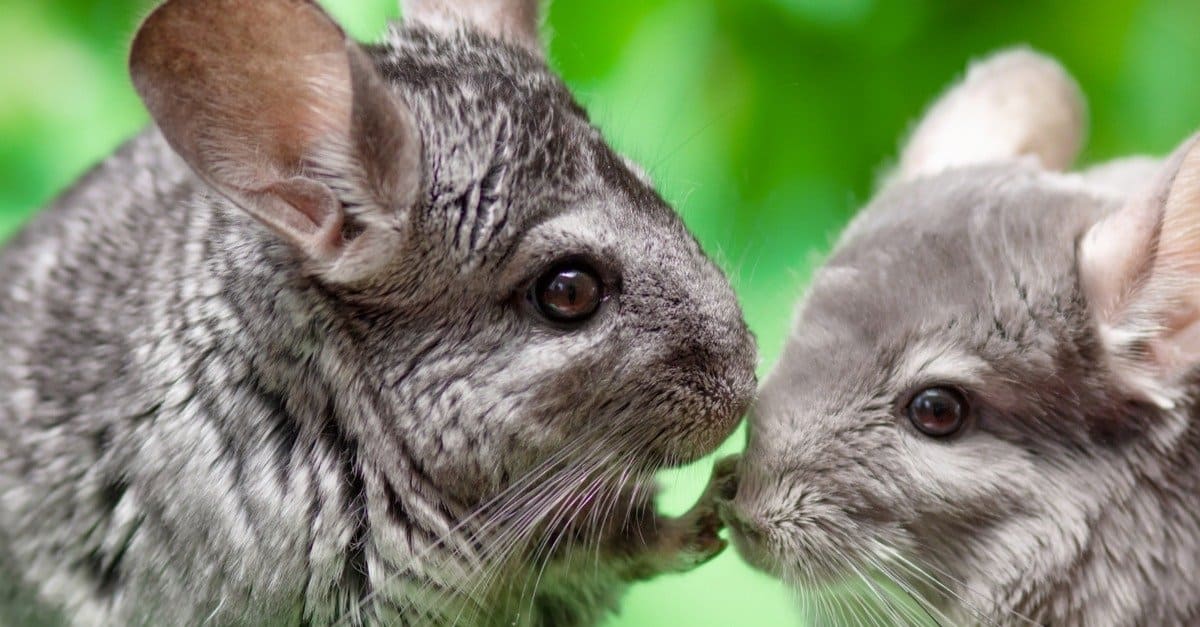
Credit: a-z-animals.com
Training Techniques
Training two chinchillas at once needs clear techniques. It helps keep both animals calm and focused. Using the right methods makes training easier and fun for you and your pets.
Focus on steps that reward good behavior. Keep training short and consistent. These ideas help build trust and good habits.
Using Positive Reinforcement
Positive reinforcement means giving treats or praise after good actions. Chinchillas learn faster with rewards. Use small treats they like. Say a gentle word like “good” to praise them. This helps them know what you want.
Be patient. Give rewards right after the behavior. It helps chinchillas connect their action with the treat. Avoid punishment. It can scare or confuse them. Positive reinforcement makes training a happy time.
Training One At A Time Vs. Together
Training each chinchilla alone first helps them focus. It reduces distractions. You can teach simple commands or tricks. Once they learn alone, try training them together. It helps them practice with company.
Training together saves time but can cause competition. Watch for signs of stress or distraction. If they fight for attention, go back to one at a time. Adjust based on their behavior. Every chinchilla is different.
Managing Challenges
Training two chinchillas at the same time can bring unique challenges. Each chinchilla has its own personality and habits. Managing these differences is key to successful training sessions. Staying patient and organized helps keep both pets engaged.
Dealing With Distractions
Chinchillas are easily distracted by noises and movements. Training two at once means more chances for interruptions. Create a calm space with few distractions. Turn off loud devices and close windows. Use soft voices and gentle movements to keep focus. If one chinchilla wanders, gently bring it back. Short training sessions help maintain attention.
Handling Different Learning Speeds
Each chinchilla learns at its own pace. One may pick up commands faster than the other. Train each chinchilla separately if needed. Give extra time to the slower learner. Use treats and praise to encourage progress. Avoid comparing the two pets too much. Celebrate small improvements for both chinchillas. Patience and consistency lead to better results.

Credit: smallpetselect.com
Maintaining Consistency
Maintaining consistency is key when training two chinchillas at once. Both pets need clear signals to understand what you expect. Consistent routines help them learn faster and avoid confusion. Training becomes easier when you stick to a plan every day.
Creating A Training Schedule
Set specific times for training each day. Choose quiet moments when chinchillas are calm and active. Use the same schedule to build their habits. Consistent timing helps chinchillas know when to focus. Write down the schedule and follow it strictly.
Keeping Sessions Short And Fun
Keep training sessions brief, about 5 to 10 minutes each. Short sessions keep chinchillas interested and prevent boredom. Use gentle praise and treats to reward good behavior. Mix up activities to keep things exciting. Fun sessions encourage chinchillas to learn quickly and happily.
Encouraging Social Interaction
Training two chinchillas together needs more than teaching tricks. It needs building a bond. Social interaction helps chinchillas feel safe and happy. It also makes training easier.
Encouraging chinchillas to play and work together creates trust. They learn from each other and share positive experiences. This section shows how to help them get along during training.
Promoting Cooperative Behavior
Start with simple tasks both chinchillas can do at once. Use treats to reward teamwork and calm actions. Speak softly to keep their attention and calm nerves.
Offer shared toys and playtime to build friendship. Encourage gentle touching and grooming between them. Praise both chinchillas equally to avoid jealousy.
Preventing Rivalry During Training
Train each chinchilla separately sometimes to avoid competition. Give treats one by one to keep peace. Watch for signs of aggression and stop if needed.
Keep training sessions short and fun to reduce stress. Avoid pushing one chinchilla to be better than the other. Make sure both get equal care and attention.
Tracking Progress
Tracking progress is a key part of training two chinchillas at the same time. It helps you see how each chinchilla learns and grows. You can spot what works well and what needs change. This makes training more effective and fun for both pets.
Recording Achievements
Keep a simple journal for each chinchilla. Write down new tricks or behaviors they learn. Note the date and how well they did. Small wins matter and build confidence. This record helps you remember each chinchilla’s pace and style.
Adjusting Techniques As Needed
Review your notes regularly. Notice patterns or challenges for each chinchilla. Change your approach to fit their needs. Some chinchillas respond better to treats, others to praise. Adjust training steps to keep progress steady and positive.

Credit: www.wikihow.com
Frequently Asked Questions
How Do I Start Training Two Chinchillas Together?
Begin by training them separately to understand individual behaviors. Then, introduce joint sessions with simple commands. Use treats and positive reinforcement to encourage good habits. Patience and consistency are key for successful training.
What Are Common Challenges When Training Two Chinchillas?
Challenges include competition for attention and distractions between chinchillas. They may also display jealousy or stress during sessions. Overcome these by training individually first and gradually combining sessions. Maintain a calm environment to minimize conflicts.
How Long Does It Take To Train Two Chinchillas?
Training time varies by chinchilla personality and consistency. Generally, basic commands can take a few weeks. Daily short sessions of 10-15 minutes yield best results. Persistence and positive reinforcement speed up learning.
Can I Train Two Chinchillas With The Same Commands?
Yes, using the same commands is effective for both chinchillas. Consistency helps them understand expectations better. However, adapt rewards to each chinchilla’s preferences. This encourages cooperation and reduces confusion.
Conclusion
Training two chinchillas at once takes patience and care. Keep sessions short and fun for both pets. Use gentle rewards and stay consistent every day. Watch their behavior to understand each chinchilla’s needs. Small steps lead to good habits over time.
Enjoy the bonding moments and celebrate progress. With time, your chinchillas will learn well together. Stay calm and positive throughout the process. Training can be simple with love and effort. Your chinchillas will thank you with trust and joy.

